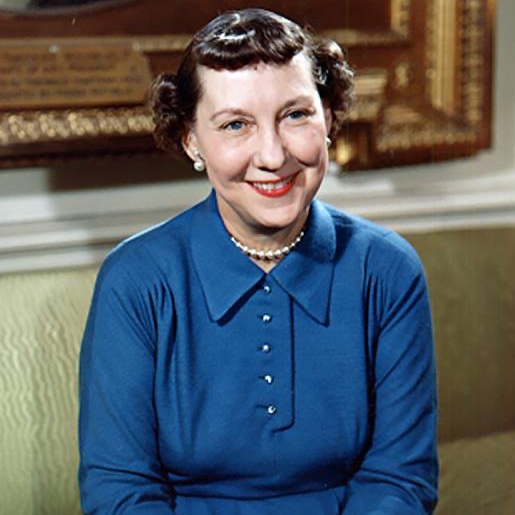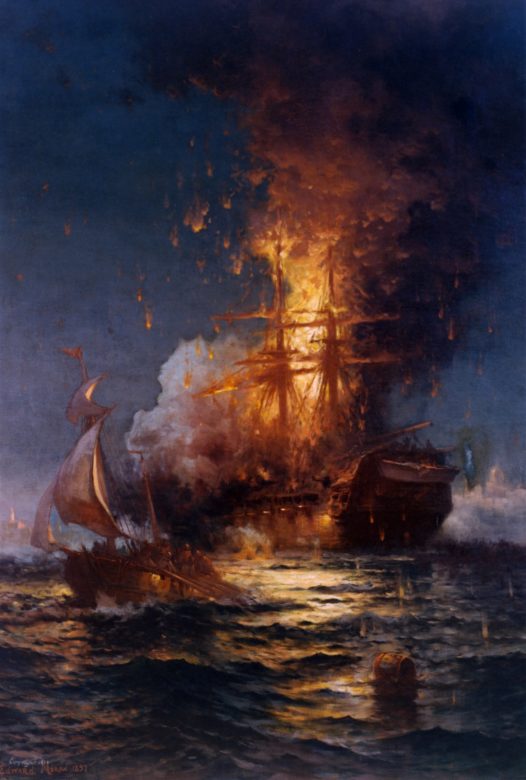On April 4, 1970, President Richard Nixon and First Lady Patricia Nixon hosted a white-tie dinner in honor of the Duke and Duchess of Windsor, former King of England Edward VIII and Wallis Simpson. 1/9
Image Credit: Richard Nixon Presidential Library and Museum / NARA
Image Credit: Richard Nixon Presidential Library and Museum / NARA

The Duke had visited the White House many times before—in fact, during the Franklin D. Roosevelt administration, he visited five times alone. He also visited President Woodrow Wilson and President Harry S. Truman at the White House. 2/9
A number of famous guests attended the dinner, including the eldest daughter of President Theodore Roosevelt, Alice Roosevelt Longworth, dancer and singer Fred Astaire, and pilot Charles Lindbergh. 3/9
During the dinner, President Nixon delivered a toast honoring the Duke while the Duke of Windsor delivered a toast in honor of his wife, Baltimore-born Wallis Simpson: 4/9
“I have had the good fortune to have a wonderful American girl consent to marry me. I have had 30 years of loving care, devotion and companionship-- something I have cherished above all else.” 5/9
Several decades earlier the Duke’s marriage to American divorcée Wallis Simpson sparked a constitutional crisis in the United Kingdom. On December 11, 1936, King Edward VIII abdicated the throne after proposing to Simpson. 6/9
After losing political support for the marriage, the king chose to abdicate, becoming the only monarch in British history to do so after reigning for only 326 days. As a result, he was styled as the Duke of Windsor and his younger brother, George VI became the new king. 7/9
In the years after WWII, declassification efforts revealed that the Duke and Duchess were sympathetic to Nazi Germany. Historians continue to debate over the extent of their support, and television shows such as The Crown have explored their relationship with Adolf Hitler. 8/9
To learn more about Entertaining at the White House, listen to this episode of our podcast, The #1600Sessions: 9/9 whitehousehistory.org/1600-sessions/…
• • •
Missing some Tweet in this thread? You can try to
force a refresh





















